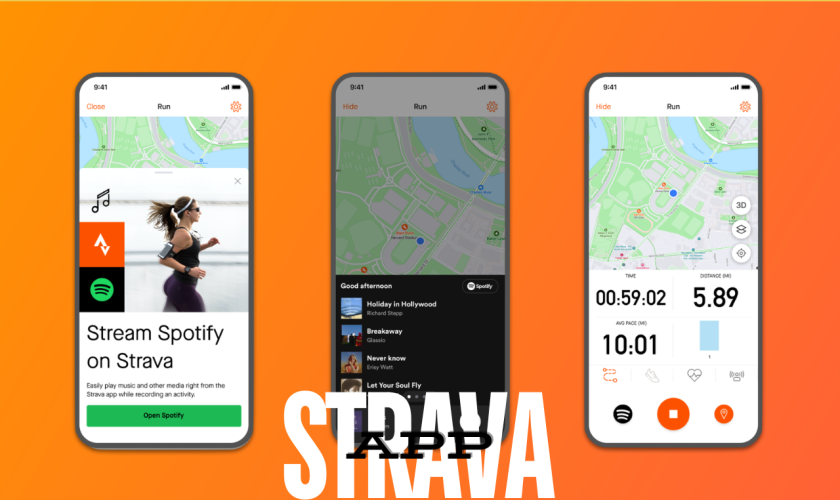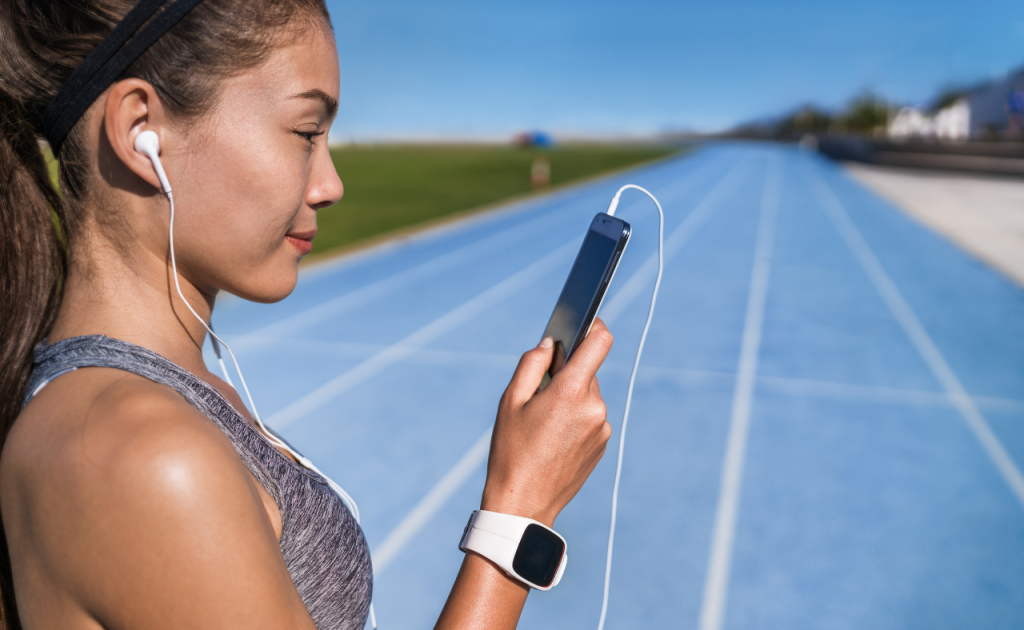Going viral is the dream of anyone trying to build a strong presence on social media, whether it’s for personal branding, business promotion, or content creation. A viral post can expose you to thousands, even millions of new viewers, leading to more followers, engagement, and credibility. But creating a viral post isn’t just about luck; there’s strategy behind it.
In this guide, I’ll break down the key elements that can help you create viral content across platforms like Facebook, Instagram, Twitter, TikTok, and more.
What Does It Mean to Go Viral?
Before we get into the details of how to create viral content, it’s important to understand what “going viral” really means. A viral post is one that spreads rapidly from user to user, reaching a large number of people beyond your immediate audience. It gains momentum as people like, comment, share, and engage with it, amplifying its reach.
The key ingredients of a viral post are:
- Relatability: People can see themselves or their experiences in the content.
- Shareability: The content is compelling enough for people to want to share it with their own networks.
- Emotion: Viral posts often evoke strong emotions, whether it’s laughter, inspiration, shock, or sadness.
Now, let’s dive into how to create a viral post for any social media platform.
Step 1: Know Your Audience
Audience Research Is Key
To create viral content, you first need to understand your audience deeply. Who are they? What do they care about? What kind of content do they enjoy? Knowing your audience’s preferences will help you craft content that resonates with them and increases the chances of it being shared.
Here’s how to get to know your audience:
- Look at Your Analytics: Every social media platform has built-in analytics. Use these tools to see who your followers are—age, gender, interests, and location.
- Follow Trends in Your Niche: Keep an eye on popular posts in your industry or niche. Notice the types of content that perform well and the conversations that get the most engagement.
- Engage With Your Followers: Pay attention to the comments, messages, and feedback you receive from your followers. They can give you insights into what they enjoy and what they want to see more of.
Once you have a clear picture of your audience, you can create content that speaks directly to them, increasing its chances of going viral.
Step 2: Create Emotionally Engaging Content

Evoke Emotion
If there’s one common factor in all viral posts, it’s that they evoke a strong emotional response. Whether your content makes people laugh, cry, or feel inspired, emotions are what drive shares and engagement.
Here’s how to incorporate emotion into your content:
- Use Storytelling: People connect with stories. Share personal experiences, success stories, or challenges. Make your audience feel something—whether it’s joy, nostalgia, or hope.
- Incorporate Humor: Funny posts tend to go viral because people love sharing things that make them laugh. Memes, jokes, and light-hearted videos often perform well on platforms like Instagram and TikTok.
- Inspire Your Audience: Inspirational quotes, success stories, or motivational videos are highly shareable, especially on platforms like Facebook and LinkedIn.
- Shock Value: Content that surprises or shocks people can also go viral. Just be careful not to use shock value for the sake of it; make sure your post still provides value.
Step 3: Focus on Visuals
Make It Visually Appealing
Social media is a highly visual space, and posts with eye-catching visuals are far more likely to go viral. Whether it’s a photo, video, or infographic, high-quality visuals can grab attention and keep people engaged.
Here’s how to make your content visually appealing:
- Use High-Quality Images: Whether you’re on Instagram or Facebook, grainy, low-quality images won’t get the same traction as sharp, high-resolution photos.
- Create Scroll-Stopping Videos: Videos tend to perform even better than photos. Make sure the first few seconds are attention-grabbing to stop people from scrolling past.
- Add Text Overlays: If you’re sharing an infographic or a meme, make sure the text is clear and easy to read. Bold fonts and vibrant colors help make the content pop.
- Use Apps and Tools: Platforms like Canva or Adobe Spark are great for creating professional-looking visuals even if you don’t have design experience.
No matter the platform, having visually appealing content increases the chances of it being shared and going viral.
Step 4: Leverage Trends and Challenges
Jump on Trends
One of the easiest ways to create viral content is by leveraging current trends and challenges. Social media moves fast, and what’s viral today might be forgotten tomorrow, so staying on top of trends is crucial.
Here’s how to make the most of trends:
- Follow Hashtags: On platforms like Twitter, Instagram, and TikTok, trending hashtags are a great way to discover what’s popular. Join the conversation by creating content that fits the trend while putting your unique spin on it.
- Participate in Challenges: TikTok and Instagram Reels are especially driven by challenges. If there’s a trending challenge, participate in it! But make sure to add your personality or brand’s flair to make it stand out.
- Stay Relevant: If there’s a viral meme or cultural moment, jump on it quickly. Creating content around something that’s already going viral can increase the chances of your post getting attention too.
By keeping your finger on the pulse of trends, you can create content that’s timely and highly shareable.
Step 5: Use Attention-Grabbing Headlines and Captions

Craft a Killer Headline
Your headline or caption is what convinces people to stop scrolling and engage with your post. It’s the hook that draws them in, so it needs to be compelling, concise, and intriguing.
Here’s how to craft attention-grabbing headlines and captions:
- Ask a Question: Posing a question encourages people to stop and think. For example, “What’s the one thing you can’t live without?”
- Create Curiosity: Tease your audience with a bit of mystery. “You won’t believe what happened next…” or “This simple tip changed everything.”
- Use Action Words: Strong, action-oriented words make your caption more dynamic. Words like “discover,” “learn,” “unlock,” or “transform” can encourage engagement.
- Include a Call to Action: Encourage people to like, share, or comment on your post. A simple “Tag a friend who needs this” can drive tons of engagement.
Captions and headlines are especially important on platforms like Facebook, LinkedIn, and Twitter, where text plays a key role in grabbing attention.
Step 6: Encourage Engagement
Create Interactive Posts
Engagement is the driving force behind viral posts. The more people interact with your post (likes, comments, shares), the more it will spread to others’ feeds. To encourage this, create posts that invite your audience to take action.
Here’s how to make your posts more interactive:
- Ask for Opinions: People love sharing their opinions. Post a poll, ask a question, or share a controversial topic that sparks discussion.
- Encourage Sharing: Create content that people will want to share with friends. This could be an inspiring quote, a funny meme, or a shocking statistic.
- Use Contests and Giveaways: Running a contest or giveaway can skyrocket engagement. Require participants to like, comment, or share the post to enter.
- Host a Q&A or Live Session: Facebook Live, Instagram Live, and YouTube Live are perfect for interacting with your audience in real-time. Live content tends to get more engagement because people feel involved.
The more your post encourages people to engage, the more likely it is to go viral.
Step 7: Be Consistent
Consistency Pays Off
Viral success doesn’t always happen overnight. Sometimes it takes several attempts, and that’s where consistency comes in. Regular posting increases your chances of hitting the viral jackpot.
Here’s how to stay consistent:
- Create a Posting Schedule: Consistency is key on social media. Whether it’s daily, weekly, or multiple times a day, stick to a schedule that works for you.
- Use Different Formats: Don’t rely on just one type of content. Mix up your posts with videos, photos, text, polls, and stories.
- Track What Works: Pay attention to which posts are performing best. What kind of content gets the most likes, shares, and comments? Create more of what works and experiment with new ideas.
Building a consistent presence across all social media platforms gives you more opportunities to create content that can go viral.
Step 8: Promote Your Post Across Platforms

Cross-Promotion for Maximum Exposure
Don’t limit your viral potential to just one platform. If you’ve created a post that’s doing well on one social media channel, share it on others to maximize its reach.
Here’s how to promote across platforms:
- Share Instagram Posts on Facebook: Cross-posting from Instagram to Facebook is easy, and it doubles your chances of getting likes and shares.
- Promote TikToks on Instagram and Twitter: TikTok videos can be repurposed for Instagram Reels, and short clips can be shared on Twitter.
- Embed YouTube Videos on Blogs: If you create a viral YouTube video, embed it in a blog post and share the link across all your social platforms.
By cross-promoting, you give your content a broader audience and increase its chances of going viral.
Final Thoughts
Creating a viral post isn’t just about luck; it’s about understanding your audience, crafting emotionally engaging content, and staying consistent. By following these steps—knowing your audience, leveraging trends, using attention-grabbing visuals and captions, and promoting across platforms—you’ll increase your chances of going viral on any social media account.
Be patient, experiment, and keep refining your approach. Viral success is within reach!







































